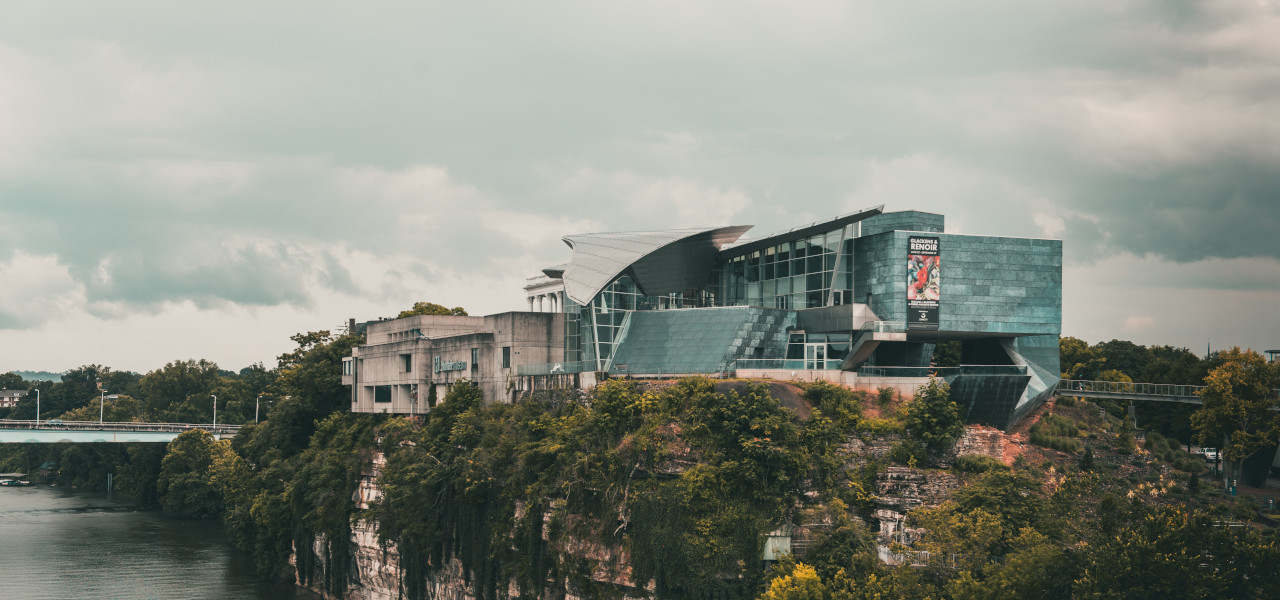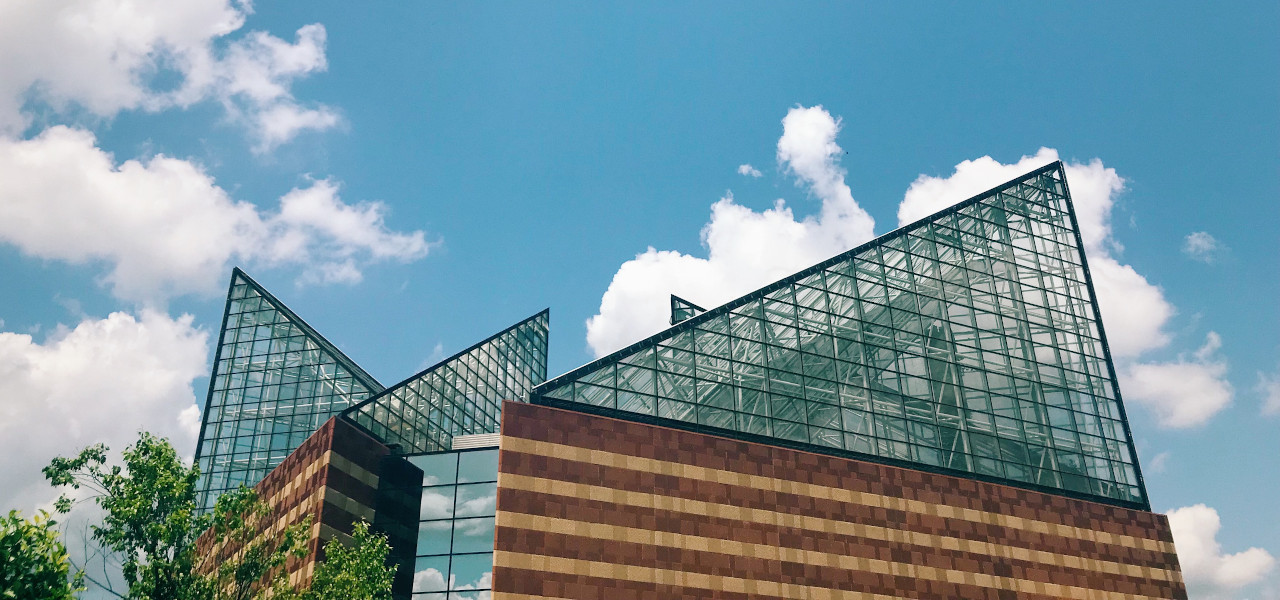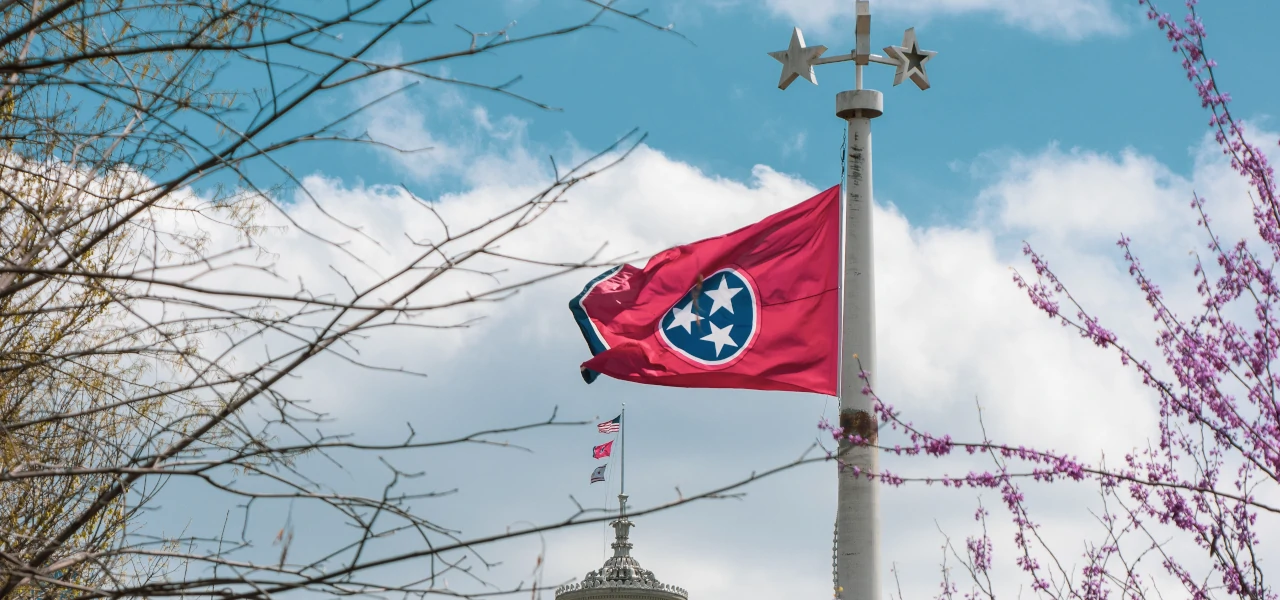The Museum
Founded in 1952, the Hunter Museum of American Art, overlooking the banks of the Tennessee River, is a real eye-catcher inside and outside.
An architectural masterpiece in its own right, the Hunter Museum building attracts visitors with its modern, sculptural design. It is made up of several buildings, including the original historic house, which is an example of classic Southern Victorian design, and a modern wing constructed of glass and steel. This contrast between the old and the new gives the museum a unique atmosphere.
The Hunter Museum’s collection includes paintings, sculpture, photographs, and other media by American artists. It ranges from colonial times to the present day and includes works by well-known artists such as Thomas Cole, Winslow Homer, Mary Cassatt, Andrew Wyeth and Andy Warhol. The museum also presents rotating exhibitions that highlight various aspects of American art and culture.
Visitors to the Hunter Museum can explore the permanent collections, take tours, attend art workshops, and participate in other educational programs. The museum regularly hosts events such as lectures, concerts, and film screenings to encourage the connection between art and the public.
With its riverfront location, the Hunter Museum also offers stunning views of the surrounding countryside and the Chattanooga skyline.
The museum is named after the nephew of the founder of what would become Chattanooga’s Coca-Cola bottling empire. George Hunter inherited the company and soon founded the Benwood Foundation, which eventually donated the Hunter Museum of American Art to the community of Chattanooga.
The museum also represents three different architectural periods through different wings. The Faxon-Thomas Mansion, the original building, was built in 1904 in a classical revival style. In 1975 the brutalist wing was added and complemented the museum. The latest expansion, the modern wing, sits picturesquely on an 80-foot bluff overlooking the Tennessee River and doubles as the museum entrance.




